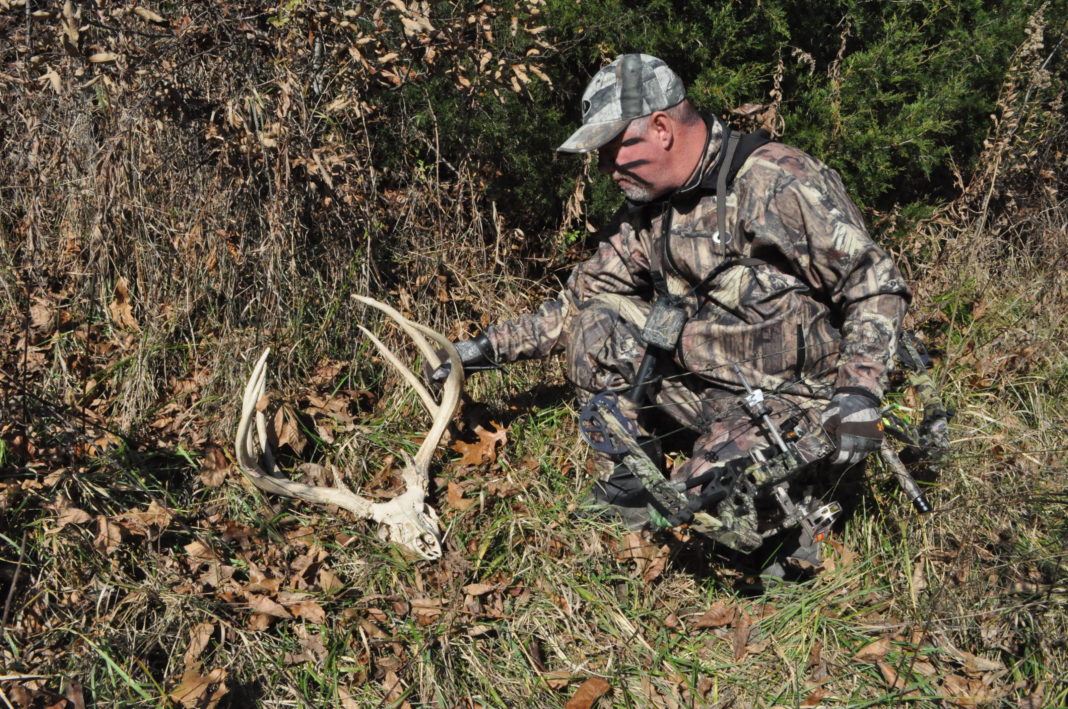Sickening, nausiating, dishartening… Walk a stream or visit a pond in an area hit by deer disease and you’ll feel this way, maybe worse. Finding deer carcasses rotting in late summer and early fall by the dozens, including big mature bucks, should be a wake-up call to everyone who loves whitetails and mule deer. Can it be prevented or will your deer herd experience a 75% mortality rate before the season opens? Education is the first step and Lindsay Thomas Jr. does a great job of identifying the cause and suggesting ways to prevent deer disease. Every hunters need to arm him or herself with these facts to benefit the animals we love most and now is the time to take preventive steps:
Hemorrhagic disease (HD) hit whitetails extremely hard in 2012, the latest in a recent string of notable years for outbreaks. The disease (mostly strains of a virus known as epizootic hemorrhagic disease or EHD, but which also includes the closely related bluetongue virus) is striking areas that were previously unaffected, or rarely affected. In these areas it is having its worst impact, because whitetails have less history with the disease and therefore less acquired resistance to the viruses.
Wherever the virus strikes, the losses have hunters asking: What can we do to prevent EHD? I talked to an expert about a factor that is probably more well known than any other: the insect that spreads the virus. What I learned could help deer hunters reduce the risk or severity of EHD and bluetongue outbreaks…









![The Best Deer Camp Chili [VIDEO] Deer Chili Ingredients, Tomatoes, Chili Spices](/wp-content/uploads/2015/10/Deer-Chili-Deer-Camp-Recipe-218x150.jpg)








![How to Call Elk Early in the Season [VIDEO]](/wp-content/uploads/2016/08/byers003-218x150.jpg)




![Idiots Disturb Hunter: How Would You Have Handled It? [VIDEO]](/wp-content/uploads/2015/10/DSC00110-e1474487693878-100x70.jpg)
![Albino Buck Shocked to Shed His Antlers [VIDEO]](/wp-content/uploads/2015/10/AlbinoDeer-100x70.jpg)